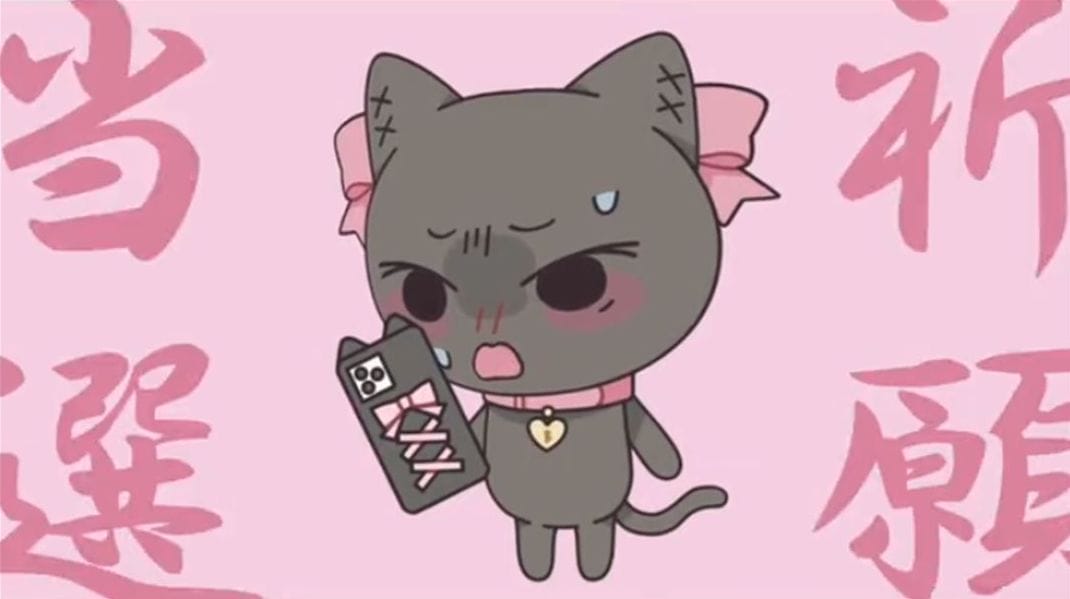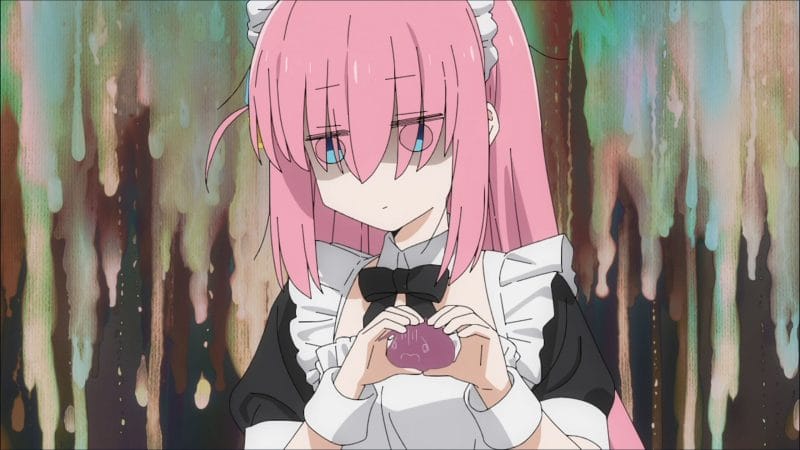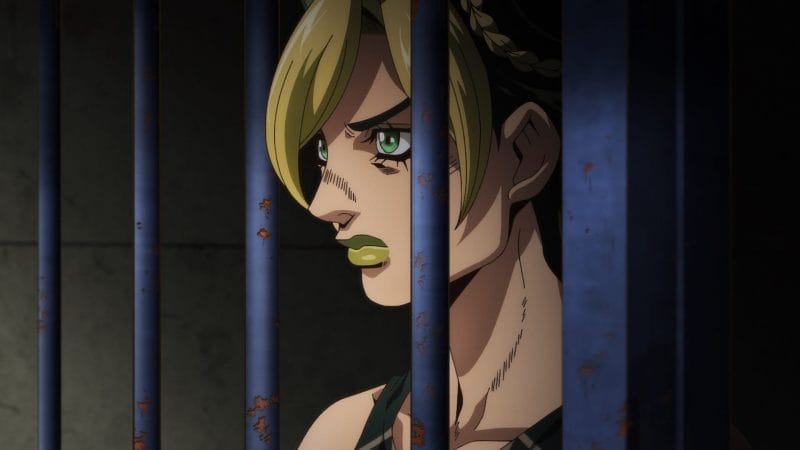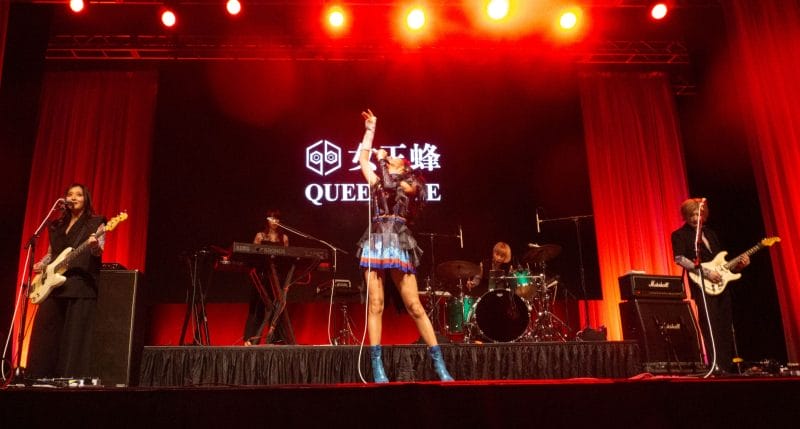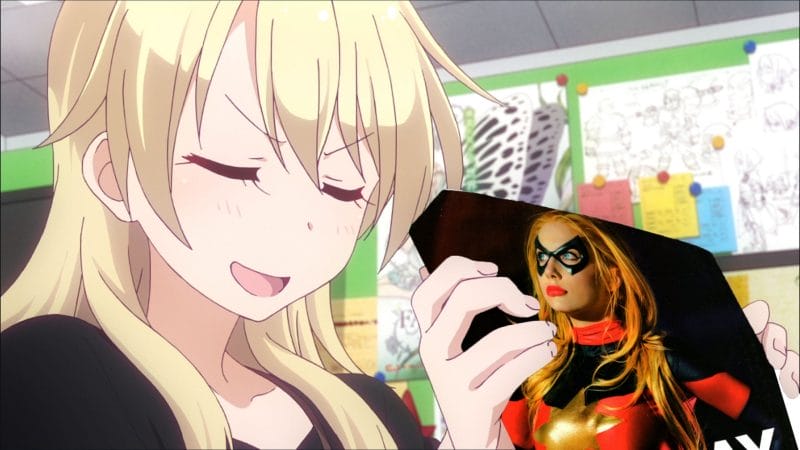On March 15, 2023, history was made as Otaku-chans, the first anime created specifically for TikTok, launched its first episode. The series focuses on the simplistic animated adventures of cats Riri and Popo as they pursue their obsessions with idols and the culture that surrounds them. Episodes are notably brief, even in comparison to other short-form anime contemporaries, as they rarely last more than a full minute in length.
While Otaku-chans passed under most anime fans’ radars, the title provides a fascinating case study on studios experimenting with where to release their shows to reach wider audiences. In an era where studios are putting entire series on YouTube and others are experimenting with ideas as wild as releasing a spinoff that’s exclusive to a dental hygiene app, the time is ripe to consider what power TikTok could have over the future of the anime industry.

TikTok’s estimated 1.06 billion active users are the kind of captive audience any company would find attractive. Brands like Duolingo and Scrub Daddy have proven that cracking the TikTok formula can bring massive success and brand recognition, so why couldn’t an anime project do the same? The platform has built up its own language of in-jokes and audio signatures, that manifest as viral sounds and trends. Otaku-chans takes advantage of these in several episodes, which have the potential to draw in outside viewers in a way no other streaming service can.
That said, the platform also presents a number of challenges unique to its format. The majority of users browse TikTok via the “For You” section, an algorithmically curated set of videos focused on the interests of the viewer. The recommendations in this section are generated weighing several factors, including the user’s Liking and Sharing habits, the use of hashtags, and even the type of device the user uses to browse it. This can cause videos that are brand new to be sent to feeds alongside videos that are months old.
Because viewers are unable to rely upon TikTok’s algorithm serving the episodes in order, anime like Otaku-Chans are forced to work more like syndicated television, where things generally return to the status quo each episode. In fact, the For You feed “generally won’t show two videos in a row made with the same sound or by the same creator” according to TikTok, meaning it’s unlikely that multiple episodes of the show will even appear side by side, let alone in any logical order. Creators relying on viewers visiting their profile page to watch a series in order would be risky. Unlike YouTube, where users can click a single button to be notified whenever a video posts to a channel, the same process is lengthy and complicated on TikTok. To top it off, TikTok doesn’t allow notifications on a channel-to-channel basis. Instead, it notifies users through an algorithm based on who they follow or what they might be interested in. Because of this, it’s highly likely that a creator’s videos will be missed by a portion of their audience when they’re published on the platform.
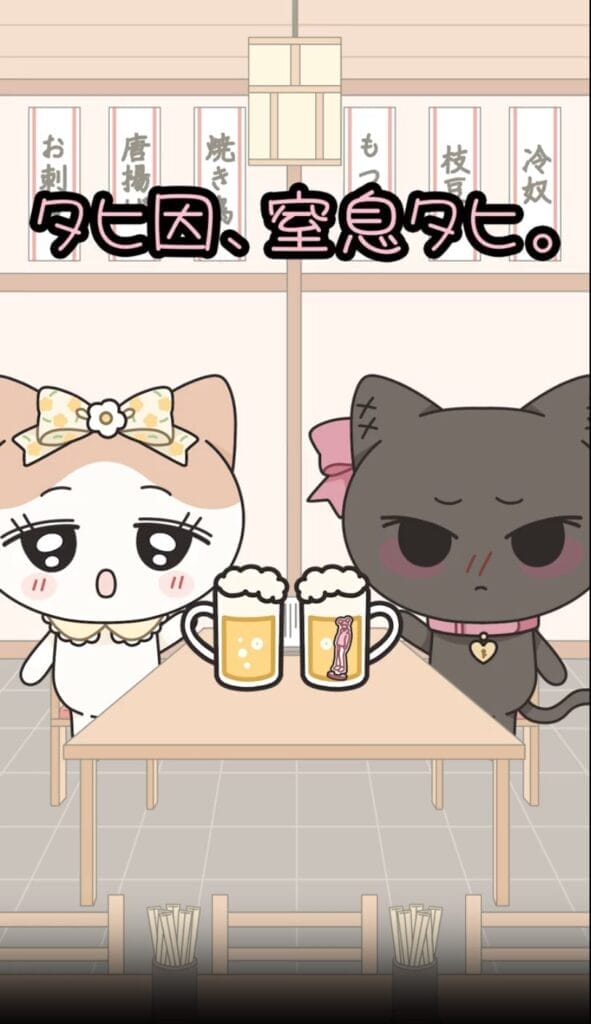
TikTok’s algorithmic nature also means that each episode needs to be an absolute banger right from the beginning, or the production risks suffering an algorithmic death sentence. The platform has stated that strong indicators of interest, like watching an entire video, are the most important parts of their algorithm’s criteria for recommending a video to other users. This means that, if a significant number of users scroll away from an episode after a few seconds out of boredom, the entire anime series may suffer algorithmically for quite some time. One episode bringing in tons of new followers isn’t protection against the algorithm not favoring content either as, according to TikTok, “neither follower count nor whether the account has had previous high-performing videos are direct factors in the recommendation system.”
These patterns become apparent when looking at episodes of Otaku-chans. The earliest episodes of the series have the most likes and views, only for there to be serious lulls between engagement spikes that seemingly hit at random. Most episodes of the series start with a basic introduction of what is happening or, at the very least, the two voice actors saying the name of the show. These few seconds away from the action are extremely risky, but they’re vital for things like brand recognition and simply understanding what is happening on-screen.
Outside the issues of succeeding on the platform itself, it’s impossible to ignore the seemingly unending issue of actually funding a production for the platform. From a glance, it’s immediately obvious that Otaku-chans is a low budget affair. Regardless, though, the show’s animators and voice actors still have to be paid for their work, and monetization on TikTok isn’t easy. So, how would other aspiring studios manage to do so?
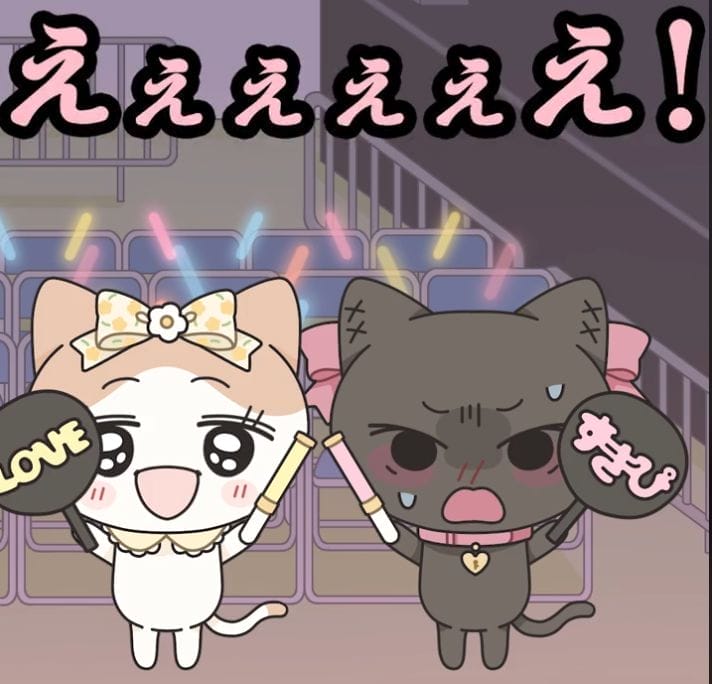
The platform does provide tools for monetizing a work, from accepting tips, to selling merchandise on the channel’s official TikTok Shop, or locking episodes behind a premium paywall as a series. Currently, though, Otaku-chans currently doesn’t utilize any of these options. Anime studios wouldn’t be eligible for the TikTok Creator Fund, either, as it is exclusive to creators in the United States.
The brand also cannot utilize TikTok’s Creativity Program which is what most anime studios would need to rely on for income. To qualify, TikTok channels must meet stringent requirements, like having at least 10,000 followers and videos with over 300,000 views across the previous 30 days. Videos must also be at least full minute long to qualify. Under these requirements, Otaku-chans is disqualified partly due to its short episode lengths. That said, the studio could, at some point, choose to start making longer videos now that they meet the follower and view requirements to try and bring in future revenue.
Initial profits may not even be the point of finding success on TikTok, either. Aggretsuko became an anime juggernaut for Netflix, but gained its popularity as a short-form series that spanned a hundred, minute-long episodes. In the current day, something like it would be perfect for monetization and popularity on TikTok . Just as Aggretsuko used its shorter episodes on TBS to springboard into a full length series, there is the potential for Otaku-chans and future projects to do the same using TikTok.
As of publication, Otaku-chans has extended its original 80-episode run, having more than one hundred videos posted to their channel. Family Gekijo, a television network in Japan, also sees the promise of the title, as its streaming service features episode compilations from the series.
It’s not just Otaku-chans finding success thanks to TikTok either. 555 Comics has proven manga can also be adapted specifically for the platform , with Twitter-based projects like Conspiracy Research Club and All Night Arcade becoming massively popular and merchandisable anime properties on TikTok.
All signs currently point to TikTok becoming a major future anime competitor alongside television and streaming services, if current trends continue. It will be exciting to see which studios take the leap and find themselves with a strong foothold in this burgeoning anime market, and how the quirks and challenges of the platform will inspire industry innovations across the board.
Edited by: Samantha Ferreira


